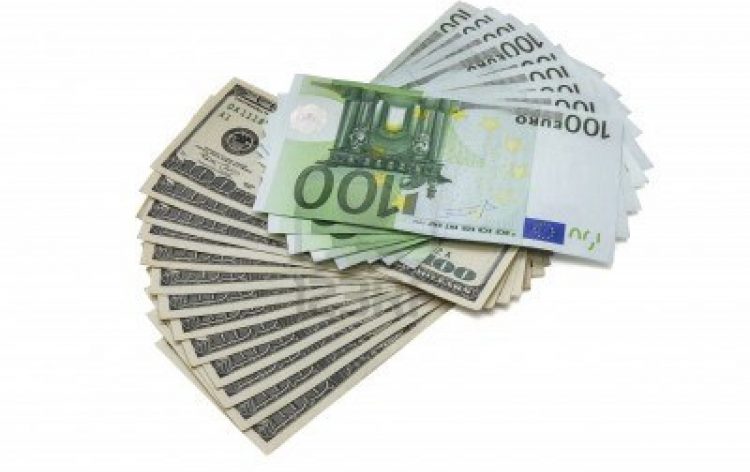EUR/USD Prediction Until The End Of 2016

EUR/USD is likely to end the year lower around 1.10, based on the analysis of forex experts at Lloyds bank.
EUR/USD dipped to a low of about 1.0950 around mid-July following the surprise outcome of the Brexit vote. Investor worry over the economic impact of Brexit led the common currency down, but it didn’t stay in the dip for long. It briefly rebounded, blowing through the 1.13 mark and has been rallying in the vicinity of 1.12.
However, the common currency doesn’t seem to have enough energy to maintain a lofty position through the end of the year. The analysts have cited a number of reasons they believe EUR/USD will drift lower in 2016.
Inflation worries in Europe
The European Central Bank (ECB) is still far from its inflation target and although officials of the central have tended to be cautious over more easing measures, quantitative easing is likely to continue or increase in the coming months. But such monetary easing will put pressure on EUR/USD, eventually leading the currency pair lower.
ECB is aiming to maintain an inflation level that is close to but below 2%. But inflation in the Eurozone has been on a downward trend in the recent years, falling to about 0.2% and complicating the picture for a monetary regulator and the Brexit has added to the complication.
ECB President, Mario Draghi, recently expressed confidence that the QE initiatives they have in place would help the Eurozone inflation to grow 0.4% to 0.6% by the end of the year. But that is still a far cry from the 2% target.
If ECB cannot achieve its inflation target, the central bank will either have to accelerate its easing measures or downgrade its inflation focus. Either way, EUR/USD is seen taking on more pressure, thus trending lower.
Interest rate hikes in the U.S
Though the Federal Reserve concluded its September policy meeting without increasing the key lending rate, the central bank signalled that a rate hike could come in December when its policy officials meet again. But the U.S. economic data coming out before the next Fed policy meeting will determine whether the Fed will maintain status quo again or increase rates. In the event that the Fed raises rates, the EUR/USD is likely to edge lower as U.S. dollar gains strength against major global rivals amid growing investor confidence in the U.S. economic.
Recent developments
The Euro recently managed to hold its ground despite mixed economic data coming out of the Eurozone. While Germany’s PMI data turned out to be downbeat, France’s PMI rose. However, Euro was largely stable despite Germany’s poor PMI metric.
On the other hand, U.S. dollar was rattled by the Fed’s decision to leave a key lending rate unchanged just as it has done in the prior policy meetings. The Fed maintained status quo despite signalling ahead of the September policy meeting that near-term risk to the economy had subsided.
Quality of economic data
The quality of economic data coming out of the U.S. and Eurozone might have a material near-term impact on EUR/USD movement. However, over the long, signs are everywhere that EUR/USD will shift lower largely because of the inflation difficulty in the Eurozone.


























Comments (0 comment(s))